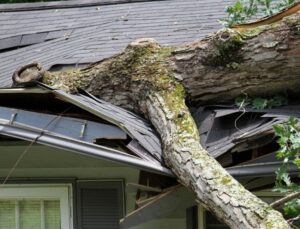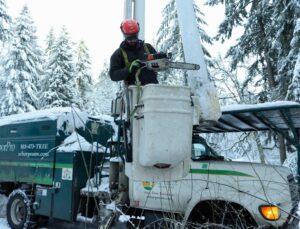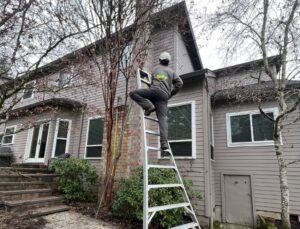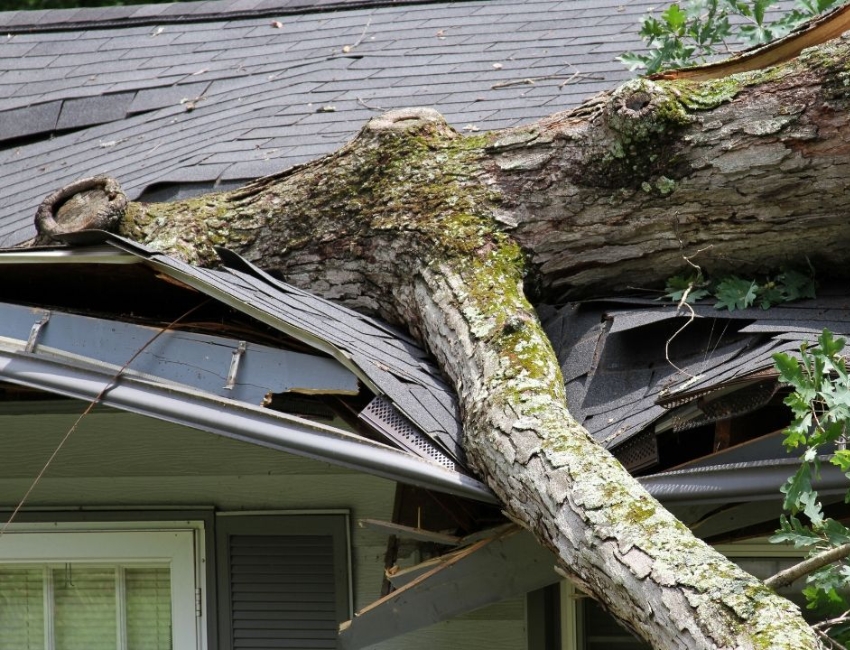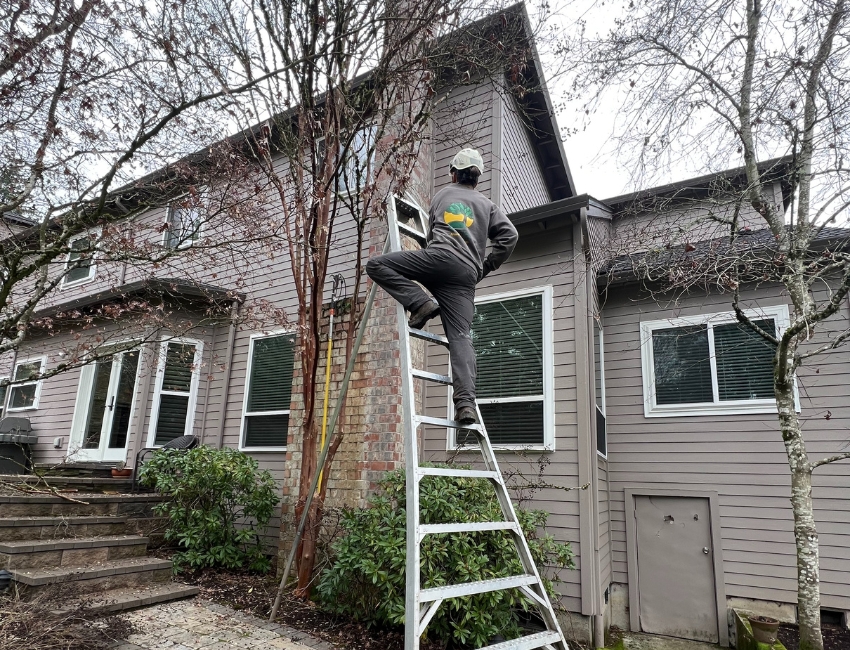When to Prune Pest and Disease-Prone Trees in Portland, OR
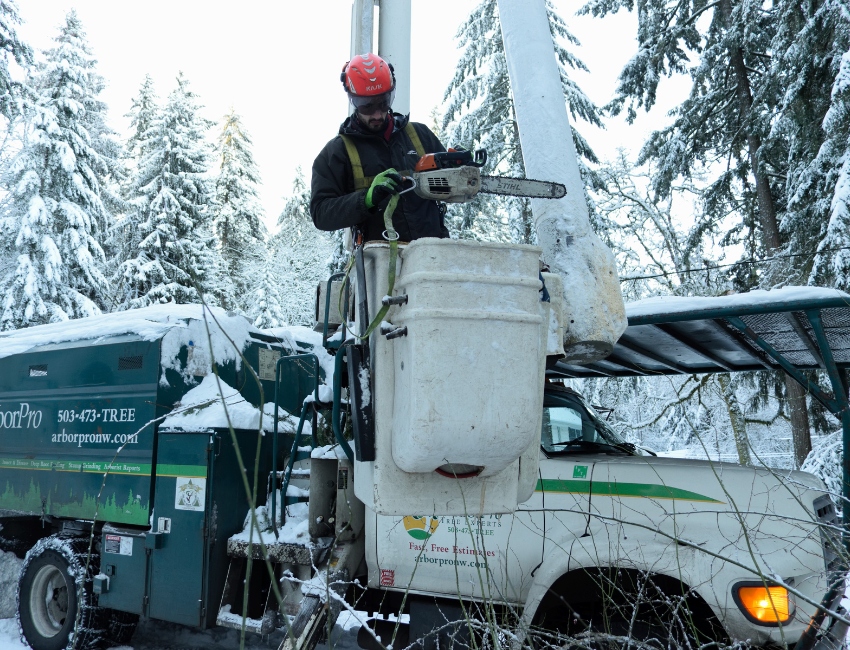
When it comes to protecting Portland’s valuable mature trees from devastating pests and diseases such as Dutch elm disease (DED) , emerald ash borer (EAB), oak wilt, and more, timing is everything. For homeowners throughout the Greater Portland area from Lake Oswego to Beaverton, knowing exactly when to prune disease-susceptible species can mean the difference between preserving irreplaceable trees and facing costly removal.
Fortunately, when you understand the best time to prune trees in Portland, you have the power to protect your landscape investment and ensure your mature trees thrive for generations. Because of our unique climate, the Pacific Northwest has specific windows of opportunity when proper timing actually strengthens trees against disease and promotes healthy, vigorous growth.
Key Takeaways
- Dormant season pruning (November through February) provides maximum disease protection for elm, ash, and oak species vulnerable to beetle-borne pathogens that are inactive during cold months.
- Species-specific timing windows are critical for disease prevention – elm trees require strict winter-only pruning while oaks can be safely pruned through early March in Portland’s climate.
- Professional disease identification and prevention strategies require Certified Arborist expertise to recognize early symptoms and implement species-appropriate timing protocols.
- Regional climate considerations in the Pacific Northwest affect optimal timing windows differently than national pruning guidelines, with extended wet seasons requiring adjusted schedules.
- Early intervention through proper timing can prevent disease spread that could devastate entire neighborhood canopies and significantly impact property values.
What Are the Most Dangerous Tree Pests and Diseases in Portland?
Portland’s urban forest faces several devastating threats that can kill mature trees within just a few growing seasons. These pests and diseases have already caused significant tree mortality across the Pacific Northwest and continue to spread through improper pruning practices.
Here are the region’s most dangerous tree pests and diseases:
- Dutch Elm Disease: Spreads through elm bark beetles that become active when temperatures consistently reach 60°F, typically from late April through October in the Portland area.
- Emerald Ash Borer: Adult beetles emerge from ash trees during warm spring days (May-June) and remain active through summer, seeking fresh wounds to lay eggs.
- Mediterranean Oak Borer: Presents a growing threat to Portland’s oak population, with adults emerging during warm spring weather and targeting stressed or recently wounded oak trees.
- Oak Wilt: Spreads most rapidly during spring when trees are actively growing and sap flow attracts beetles carrying the fungal pathogen.
- Bronze Birch Borer: Attacks stressed birch trees throughout the growing season, with peak adult emergence occurring during late spring.
Douglas firs face their own set of threats, including flatheaded fir borer and Swiss needle cast. If you have Douglas firs showing signs of stress, learn what’s threatening Portland’s most iconic tree and what you can do to protect it.
Why Portland’s Common Tree Pests and Diseases Are So Destructive
What makes these diseases particularly dangerous is how fresh pruning wounds create entry points for pathogens. Wood-boring pests, like emerald ash borer, Mediterranean oak borer, and the elm bark beetle that spreads Dutch elm disease, are all attracted to the sap produced by the cut and either carry a transmittable disease or will infest the tree – both possibilities have the same result: initial crown dieback leading to eventual tree death.
Meanwhile, fungal diseases, like oak wilt, can enter directly through open wounds when spores are present in the environment. A single infected tree can spread these problems to other susceptible trees within a significant radius during one growing season.
Local urban forestry data shows that properly timed pruning has significantly reduced disease transmission rates in city trees since implementing species-specific guidelines.
Why Winter Pruning Is Best for Disease Prevention
The best time to prune trees in Portland largely depends on the species and the diseases they’re susceptible to, but winter pruning offers the strongest protection for the region’s most vulnerable trees:
Winter pruning provides multiple disease prevention advantages:
- Beetle Dormancy: Disease-carrying insects are hibernating and thus completely inactive during cold months.
- Reduced Pathogen Activity: Fungal spores and bacteria remain dormant in winter temperatures.
- Faster Wound Healing & Optimal Growing Conditions: Trees compartmentalize damage more effectively during dormancy because they don’t have to use that energy to grow and Pacific Northwest winters provide ideal humidity for wound sealing.
- Enhanced Tree Vigor: Dormant season pruning redirects energy to healthy growth in spring.
For high-value properties in established neighborhoods, like Cedar Hills, Oak Grove, and Historic Milwaukie, this timing difference can preserve irreplaceable heritage trees that define neighborhood character.
Expert Insight: “After 30 years of treating trees throughout the Portland metro area, we’ve seen too many beautiful mature specimens lost to diseases that could have been prevented with proper pruning timing. When homeowners understand the science behind dormant season pruning, they become our best partners in preserving their landscape investments.” – Colin Bourgeois, Sales Manager at ArborPro Tree Experts
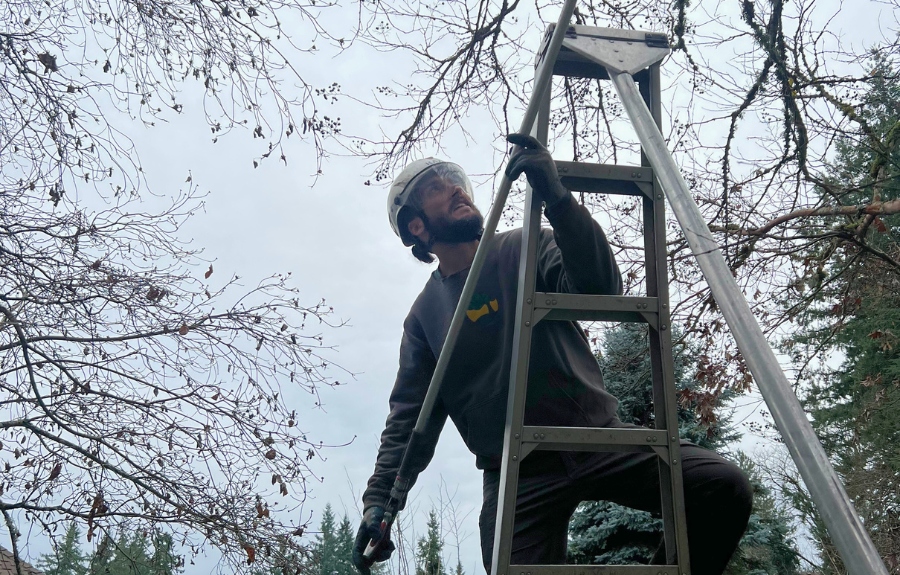
When Should I Prune Elm Trees?
Elm trees should be pruned between October 16th and April 14th. This window ensures that the elm bark beetles that spread the deadly Dutch elm disease are completely dormant, protecting Portland’s heritage elms in neighborhoods like Irvington and Laurelhurst where the disease spread could be devastating.
Be careful to pay attention to actual temperatures, too, as even warm days (above 55°F) can trigger beetle activity, allowing them to detect fresh wounds and transmit the deadly fungus within hours.
When Should I Prune Ash Trees?
Ash tree pruning should take place between October 1st through March 31st to have the best protection against the emerald ash borer. This window is a bit longer than elms’ because these beetles emerge later than elm bark beetles and ash trees have a greater cold tolerance.
Winter pruning is important because it removes infested branches while EAB larvae remain inactive. Ash trees showing D-shaped exit holes, crown dieback, or bark splitting benefit from targeted winter pruning that removes compromised wood while preserving healthy structure.
When Should I Prune Birch Trees?
Birch trees should be pruned between late fall (generally some time in November) and mid-winter (early February). This narrow window ensures wounds heal before bronze birch borer adults emerge in early spring.
Never prune birch trees much later than February 1st, as late winter wounds attract adult borers seeking egg-laying sites. Focus on conservative removal of dead, damaged, or crossing branches while maintaining natural form.
When Should I Prune Oak Trees?
In most Portland area microclimates, oak trees should be pruned between November and March. Of these susceptible species, oaks have the most resilient healing response, accounting for the longest safe window, but two major threats require careful timing: oak wilt disease and Mediterranean oak borer.
Oak wilt spreads rapidly through fresh wounds during spring when sap flow attracts disease-carrying beetles, while Mediterranean oak borer – an invasive pest expanding northward from California – specifically targets stressed or recently wounded trees. Both threats are most active during the same April-October period.
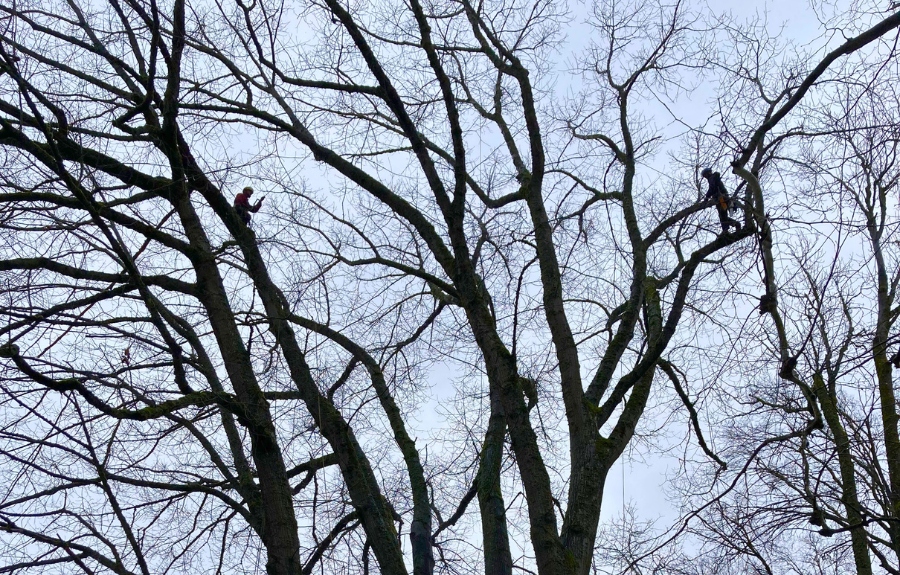
Why Hire a Certified Arborist for Disease Prevention Pruning
Proper timing is just one component of disease prevention pruning. Certified Arborists bring specialized knowledge that goes far beyond calendar dates, applying comprehensive expertise that protects your trees through every aspect of the pruning process:
- Species Expertise: Accurate identification and species-specific care protocols.
- Disease Recognition: Early detection of symptoms that affect timing decisions.
- Microclimate Assessment: Understanding how local conditions affect optimal timing windows.
- Proper Cutting Techniques: Wound placement and angle that promotes fastest healing.
- Risk Evaluation: Balancing timing with emergency safety needs.
- Follow-Up Monitoring: Ensuring successful wound healing and early problem detection.
ArborPro’s team of ISA Certified Arborists also understand how Portland’s unique microclimate affects pruning timing windows. Areas near the Columbia River may have extended dormant periods, while south-facing slopes in West Linn might require earlier pruning cutoffs to ensure optimal protection.
Beyond standard timing protocols, professional arborists recognize when trees require immediate attention despite seasonal risks. Emergency situations, like broken branches threatening structures or obvious disease symptoms, may require prompt action with specialized prevention protocols to minimize disease exposure.
This expertise becomes especially valuable when dealing with disease-susceptible species, where the gap between a Certified Arborist and general tree service is most apparent. Proper wound treatment, selective cutting techniques, and follow-up monitoring can mean the difference between successful prevention and costly tree loss.
Professional Results: Our Certified Arborist consultations include comprehensive timing assessments that consider your specific trees, property conditions, and long-term landscape goals. This personalized approach has helped us maintain an exceptional tree survival rate over three decades of service in the Portland metro area.
Frequently Asked Questions About The Best Time to Prune Trees in Portland
Can I prune disease-prone trees during warm winter days?
Warm winter days can trigger early beetle activity, so it’s best to avoid pruning elm trees when temperatures exceed 55°F even during winter months. Oak and ash trees have slightly more tolerance for warm-day pruning, but professional tree care providers always monitor weather forecasts before they prune to ensure optimal timing.
How long should I wait to prune after a tree shows disease symptoms?
Trees showing active disease symptoms require immediate professional assessment. Depending on the disease type, infected material may need removal outside normal timing windows using specialized containment protocols to prevent spread to healthy trees.
What happens if I need emergency pruning during high-risk seasons?
Emergency situations, like storm damage or branches threatening structures, require immediate action, regardless of season. In these situations, Certified Arborists will generally use protective measures, like wound sealants, sanitized equipment, and accelerated healing treatments, to minimize disease risk.
Do pruning wound treatments help prevent disease infection?
Modern research shows that wound treatments are generally unnecessary for healthy trees pruned at proper times. However, for high-risk species or emergency pruning, specialized fungicidal treatments can provide additional protection when applied by certified professionals.
How can I tell if my tree is entering dormancy early or late?
Dormancy signs include leaf color change, leaf drop, reduced sap flow, and bark changes. Pacific Northwest trees may enter dormancy 2-4 weeks earlier or later than average depending on fall weather patterns.
What’s the difference between maintenance pruning and disease prevention pruning?
Disease prevention pruning focuses specifically on removing potential pathogen entry points and improving air circulation, while maintenance pruning addresses structural issues, aesthetics, and general health. Plus, disease-susceptible species require specialized prevention techniques beyond standard maintenance.
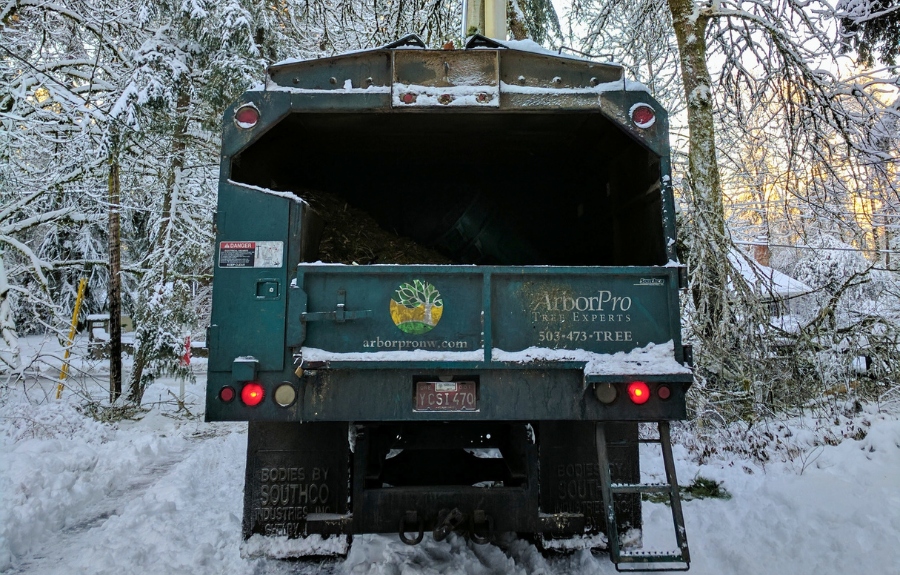
Protect Your Portland Trees from Pests and Disease with Professional Tree Pruning from ArborPro
Ensure your trees stay healthy by avoiding mistimed pruning. With over 30 years of experience protecting trees throughout Lake Oswego, West Linn, Beaverton, and the greater Portland metro area, ArborPro Tree Experts has the local knowledge and certified expertise to keep your valuable trees healthy for generations.
Call us at 503-473-8733 or request your free consultation online. Let us show you why Portland area homeowners have trusted us to protect their trees with proper timing and certified expertise for over three decades.


